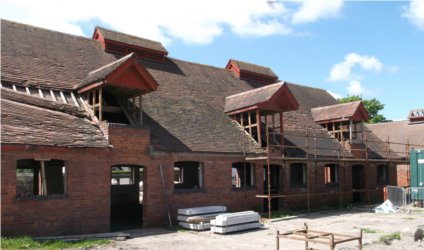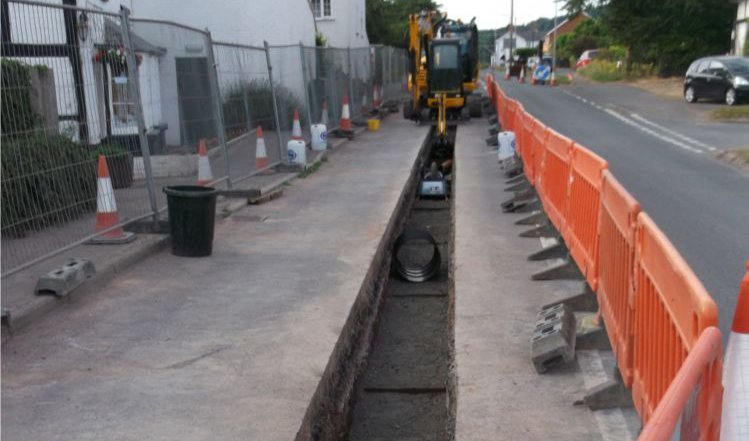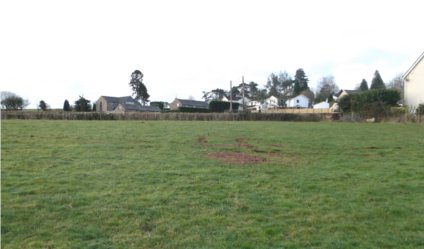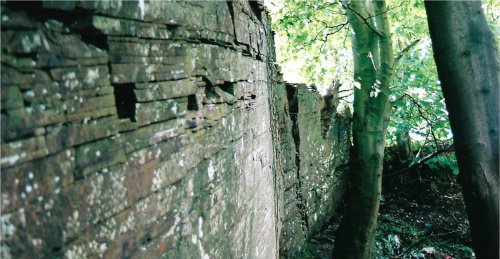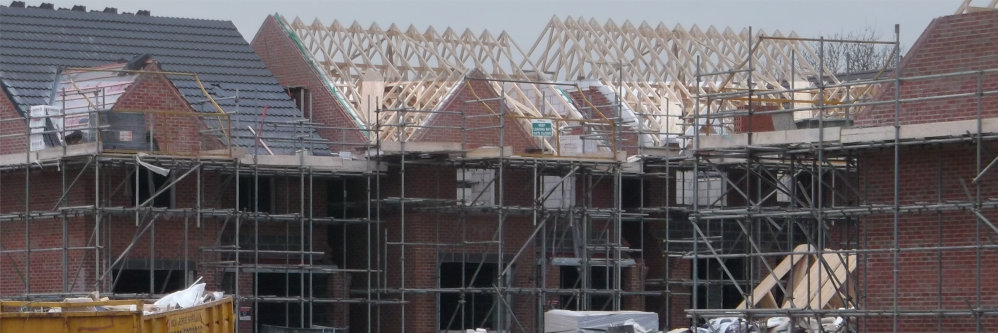
Drainage Strategy Reports
Assessing the Options to Drain a Site
The drainage of any new development or redevelopment site is an important planning consideration. The study for a drainage strategy report would develop and assess the options for the disposal of the foul and surface water flows from the site. The report would then inform the planning process by summarising this and present the details of the most cost effective solution in each case.
A drainage strategy report can also be used to demonstrate how planning conditions relating to drainage matters would be addressed, so allowing the conditions to be discharged.
Need to consider drainage matters from an early stage
It is suggested that drainage matters are best considered at an early stage in the overall design process, even if not immediately required by planning considerations. Drainage matters can take a considerable time to resolve and can have significant implications for the layout of the site.
Drainage Layout
A drainage layout showing the proposed on and off-site drainage arrangements would be drawn up based on the overall site layout produced by others. It would show the following:
• routes of the main on and off-site foul sewers
• sites of any foul pumping stations
• main surface water drainage routes (pipe networks, channels or swales)
• locations of SUDS source control units (soakaways, pervious pavements or rainwater harvesting systems)
• sites of any SUDS site control measures (ponds, detention basins, wetlands or infiltration basins)
The level and size of the proposed sewers, drains or channels would be given together with the size and capacity of any foul pumping stations or SUDS source control or site control measures. Items with abnormal cost implications would also be highlighted. Constraints would be identified, such as for example, an existing public sewer crossing the site which would need to be diverted under section 185 of the Water Industry Act, 1991 (WIA, 1991).
It is anticipated that the drainage layout would then feed back into the overall site layout so that it could be amended accordingly.
Further details of the foul and surface water drainage arrangements are discussed in the following sections.
Foul water drainage
The first stage of the assessment of the options for the foul drainage of a site would be to determine the position of the existing public sewers in the area and estimate the foul flow from the proposed development. The developer services section of the water company would then be consulted to identify a suitable point of connection.
It may be that a sewer requisition under section 98 (of the WIA, 1991) would be required to allow the off-site foul sewer to cross private land and we can advise on the different payment options for this. Any constraints with significant cost or programme implications (ie crossing Network Rail land) would also be identified.
Surface water drainage
The investigation of the options for the surface water drainage would involve a consideration of the types of SUDS techniques likely to be applicable at the site. This would be determined in large part by the permeability of the ground and it is important to base this on actual percolation tests if at all possible. Any of the rainfall run-off from the site not disposed of via infiltration into the soil and proposed to be directed to a watercourse or a sewer would probably need to be attenuated by site control measures. This would be to ensure that the run-off from the site was not increased. As part of this overall process the appropriate Land Drainage Authority would be consulted.
'The SUDS Manual' C753 CIRIA 2015 would be an important source document together with the 'Non-Statutory technical standards for SUDS' (in England) or the 'Statutory standards for sustainable drainage systems' (in Wales). Micro Drainage software would be used extensively during the course of the work.
The means to ensure the long-term maintenance of the surface water drainage arrangements would also need to be considered. In addition, any obvious constraints, such as potential land issues for any off-site surface water drainage, would also be identified.
For a site in England larger than one hectare, the part of a drainage strategy report covering surface water drainage duplicates some of the contents of a Flood Risk Assessment, so there may be advantages in combining the two reports.
Summary
We have a strong capability in the design of all types of drainage for new developments, please contact us for further details.
Photograph: New housing under construction, Market Harborough, Leicestershire.

